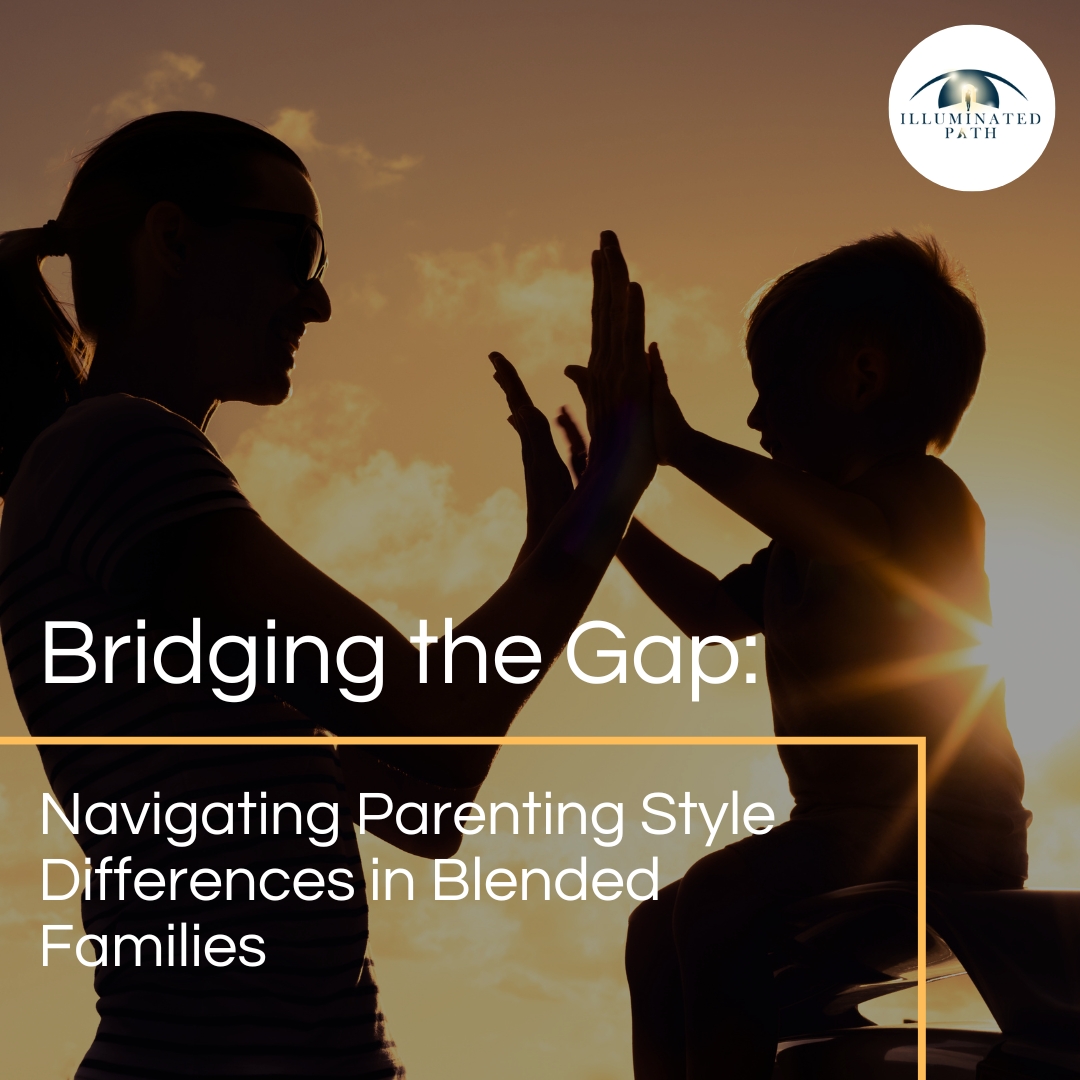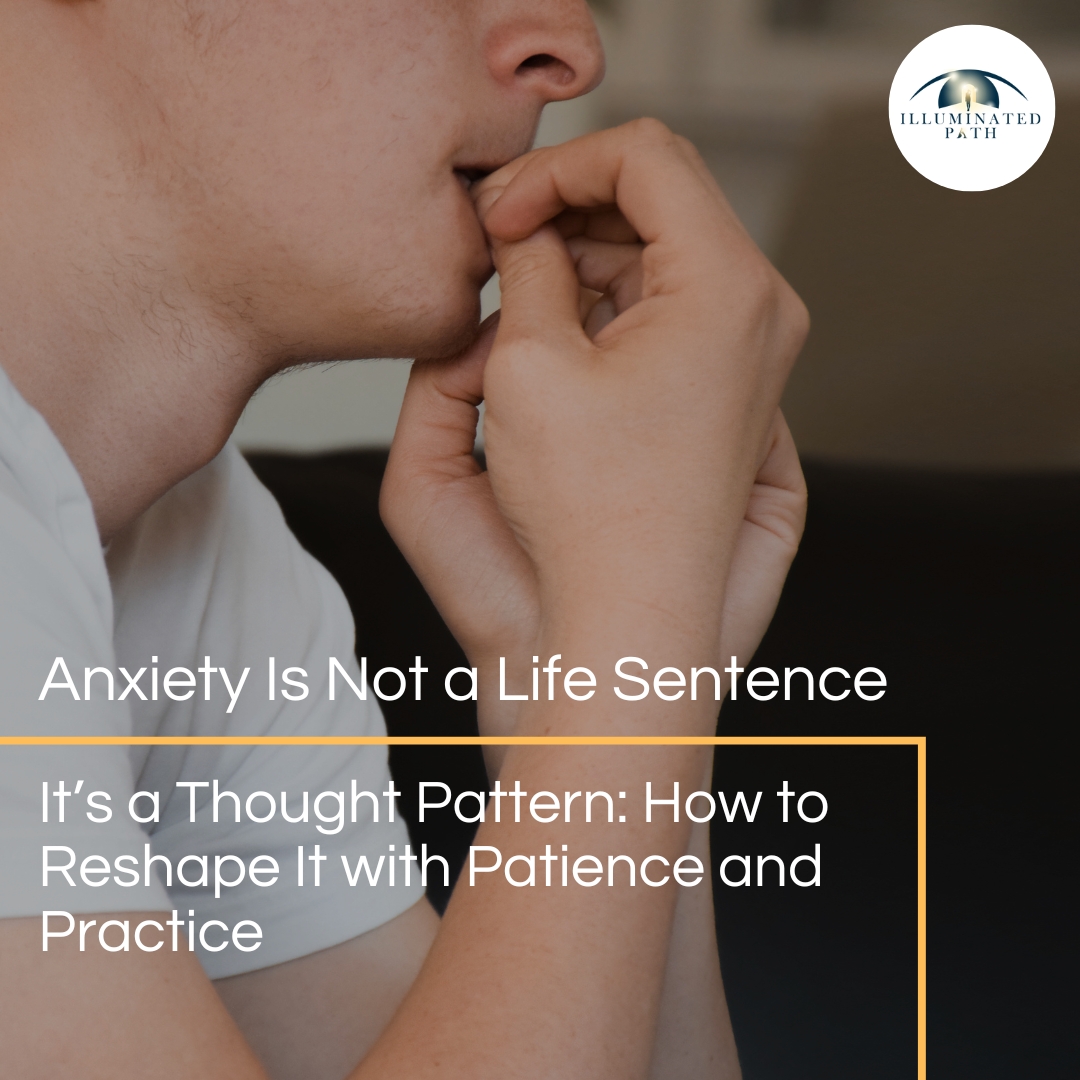
Blended families are on the rise, with an estimated 16% of U.S. children living in stepfamily households, according to the U.S. Census Bureau. While these families offer opportunities for new beginnings and expanded relationships, they also come with unique challenges. Chief among these is the task of reconciling differing parenting styles—a process that requires patience, communication, and flexibility.
This article explores the complexities of parenting in blended families, offering data-backed insights and actionable strategies to navigate these differences and create a harmonious family environment.
Understanding Parenting Styles in Blended Families
Parenting styles are influenced by personal upbringing, cultural backgrounds, and past family dynamics. Blended families bring together individuals with varying approaches to discipline, communication, and emotional support, which can sometimes lead to conflict.
The Four Primary Parenting Styles
Psychologist Diana Baumrind identified four key parenting styles, each with distinct characteristics:
- Authoritative: High responsiveness and high expectations.
- Authoritarian: Low responsiveness and high expectations.
- Permissive: High responsiveness and low expectations.
- Neglectful: Low responsiveness and low expectations.
In blended families, mismatches in these styles can result in misunderstandings or power struggles.
Data on Parenting Conflicts in Blended Families
Research highlights the prevalence of parenting conflicts in stepfamilies:
- 70% of blended families experience disagreements about parenting approaches within the first two years, according to Family Relations (2022).
- Stepparents report feeling unsure about their role in over 60% of stepfamily dynamics, as noted in a study by the Journal of Family Psychology (2021).
These statistics underscore the importance of proactive communication and strategy in addressing parenting style differences.
Common Challenges
1. Discipline Discrepancies
Discipline is often a flashpoint for conflict in blended families. One parent may favor strict rules and immediate consequences, while the other prefers a more lenient, understanding approach.
2. Role Confusion for Stepparents
Stepparents may struggle to find their place in the family, particularly when it comes to discipline and authority. They may feel torn between wanting to bond with the stepchildren and adhering to their partner’s parenting preferences.
3. Perceptions of Favoritism
Children in blended families may perceive differences in parenting as favoritism, leading to resentment and tension. This is especially common in families with children from previous relationships.
4. Cultural and Generational Differences
Blended families often bring together individuals from different cultural or generational backgrounds, which can influence parenting expectations and practices.
Strategies for Navigating Parenting Style Differences
1. Establish Shared Goals
One of the most effective ways to align parenting styles is by focusing on shared family objectives. Discuss long-term goals, such as raising respectful, independent, and resilient children, and agree on non-negotiable boundaries.
- Example: Set household rules around bedtime, screen time, and chores that both parents support.
2. Communicate Openly and Respectfully
Regular communication is key to resolving parenting conflicts. Schedule time to discuss parenting strategies without distractions.
- Tip: Use “I” statements to express concerns without assigning blame. For example, “I feel that consistent discipline helps create stability for the children.”
3. Respect Each Parent’s Role
In the early stages of blending families, it’s often best for biological parents to take the lead on discipline while stepparents focus on building trust with the children. Over time, roles can evolve as relationships deepen.
- Research Insight: A 2020 study in the Journal of Marriage and Family Therapy found that stepparents who prioritized relationship-building in the first year reported stronger bonds with their stepchildren.
4. Present a Unified Front
Children benefit from consistency. Even when parents disagree behind closed doors, it’s important to present a united front. This prevents children from exploiting differences and fosters a sense of stability.
5. Seek Professional Guidance
Family counseling or parenting workshops can provide valuable tools for navigating conflicts and fostering cohesion in blended families. Professional support can also help parents address underlying issues and improve communication.
Addressing Common Misconceptions
Misconception 1: Stepparents Should Enforce Discipline Immediately
In reality, stepparents often find more success by focusing on relationship-building first. Discipline can be introduced gradually as trust develops.
Misconception 2: Parenting Styles Must Be Identical
While consistency is important, parents don’t need to adopt identical styles. What matters is aligning on core values and presenting a cohesive approach.
Misconception 3: Differences in Parenting Styles Are Harmful
Parenting differences can be an opportunity for growth and learning if approached with respect and open communication.
The Role of Flexibility in Blended Families
Blended families are dynamic by nature, and flexibility is crucial to their success. Parents must be willing to adapt their approaches as circumstances change and as children grow.
Quote:
“Parenting in a blended family isn’t about eliminating differences; it’s about harmonizing them,” says Dr. Emily Carter, a family psychologist specializing in stepfamily dynamics.
Data-Backed Benefits of Resolving Parenting Conflicts
When parents in blended families align their approaches, the benefits are clear:
- Stronger Family Bonds: Families that practice effective communication report a 35% increase in overall satisfaction, according to Family Psychology Today (2021).
- Improved Child Well-Being: Children in harmonious blended families are 40% less likely to experience anxiety or behavioral issues, as noted by the National Institute on Child Development (2022).
- Lower Parental Stress: Parents who collaborate effectively experience a 25% reduction in stress, according to Clinical Psychology Review (2020).
Conclusion
Navigating parenting style differences in blended families can be challenging, but it’s a challenge worth taking on. By fostering open communication, setting shared goals, and respecting each other’s roles, parents can create a stable, loving environment where every family member feels valued.
Blended families thrive not by erasing differences but by embracing them as opportunities for growth and connection. With patience, flexibility, and a commitment to unity, families can build strong, lasting bonds that stand the test of time.
Sources:
- Family Relations (2022)
- Journal of Family Psychology (2021)
- Journal of Marriage and Family Therapy (2020)
- National Institute on Child Development (2022)
- Clinical Psychology Review (2020)

The Author
Dr. Shadi Souferian Psy. D.
Licensed Clinical Psychologist
Therapist And Psychologist in Los Angeles And Beverly Hills.






